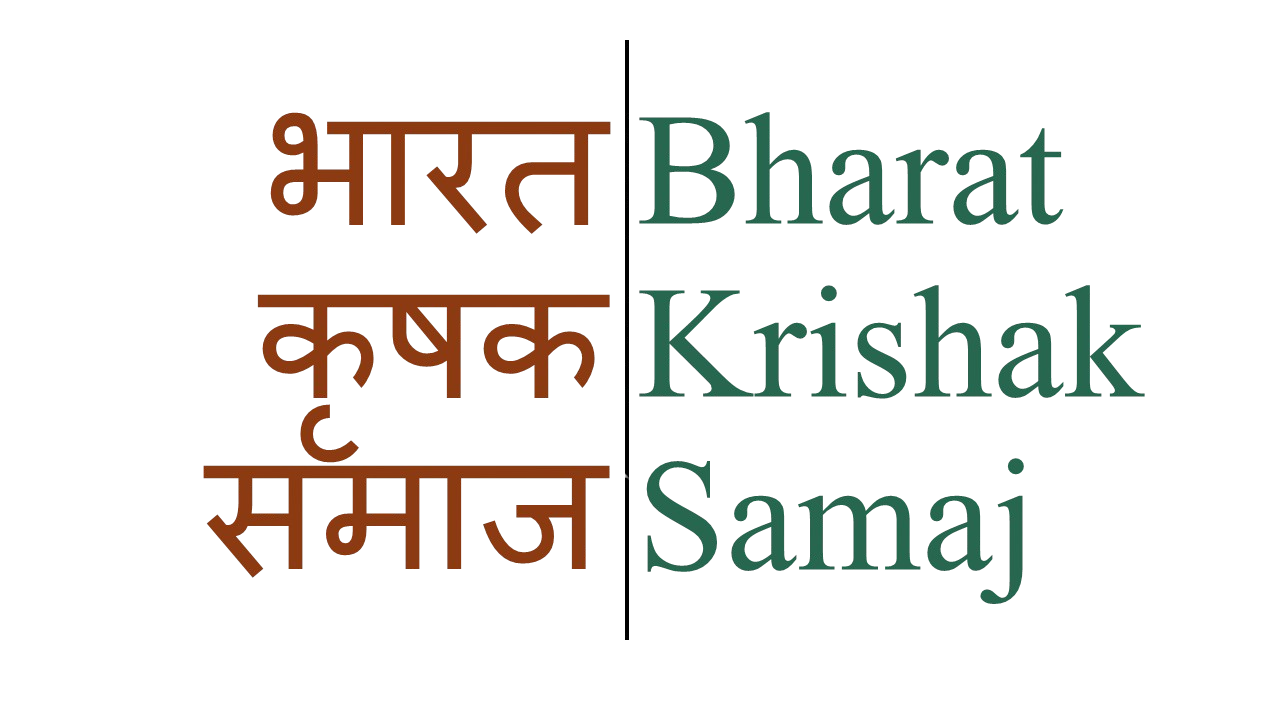Farmers’ Forum has been created a platform to disseminate knowledge and to deliberate, discuss and determine to drive an inclusive agricultural strategy for India.
For an ancient civilisation that has evolved down the centuries, with scientific agricultural practices always ahead of their times, it is not a little curious that India today stares at a food crisis. Radical changes in mindset and policy are being called for to get the country out of the declining agricultural trend rut and into a four per cent to five per cent growth mode. Yet action on the ground is far from convincing or reassuring. The Bharat Krishak Samaj, a non-political, non-sectarian association of farmers, has been serving as the voice of India’s agrarian community for 55 years and helping to create an understanding around the fundamental issue of food security in India.
Today, it has revitalised itself as a unique advocacy platform that not only educates and informs the Indian farmer about all farm-related developments but advances all farmer and farm-related causes that would help India achieve its agriculture mission. Farmers’ Forum is a public platform encouraging voices of wisdom around agriculture to deliberate, discuss and determine what India’s agricultural strategy should be so that food is a matter of universal availability; the farming community, irrespective of the individual farmer’s plot, is well served by an inclusive policy; and that the policy itself is a holistic one and executed with some modicum of cohesion between the many arms of India’s official agriculture machinery.
Indeed, this lack of cohesion has become the salient feature of Indian agriculture strategy from research to policy matters. In the final analysis, the sectoral performance will depend upon how much the country invests and how the farmers are incentivised to deliver. A simple example will drive home the point. The total budget of the Indian Council of Agricultural Research is around $300 million, half of which is possibly spent on its bureaucracy. No more than $150 million is available for research (compared to $8 billion for MNREGA and between $12 billion and $20 billion for food subsidy). Given the systemic sloppiness in the country, the returns can only be ignoble even in a critical area like agriculture research.
Significantly, it is the private sector that is investing billions of dollars in research every year and that is where the technological breakthrough is expected. Regrettably, for want of any other option, it will be from the successful private sector research fare that the country will choose technology. That may not necessarily be what the country actually needs. Certainly then, Indian agriculture’s worst enemy seems to be a fundamental lack of co-ordination amongst the many policy-making wings of the government that impact every aspect of farming – from seeds and fertilizer to water and marketing and the implementing agencies. Possibly, agriculture being a state subject has aggravated the dissonance between the agriculture ministry and the states. It may be time to consider bringing agriculture into the concurrent list and ensuring a better co-ordinated approach to agriculture taking all stakeholders on board. It would also be interesting for India to consider the Brazil initiative towards such co-ordination.
President Luiz Inacio Lula Da Silva has created the position equivalent to a National Food Security Advisor who coordinates 43 different programmes spread over 11 different ministries. India would be well advised to consider such a position that would coordinate, monitor, assimilate and ensure that different agriculture initiatives by various ministries, departments and the central programmes are dovetailed into one another so that there is efficient delivery where it is needed. This is especially important because the budgetary allocation for the Ministry of Agriculture is rather meagre; less than half of what is being spent on the Commonwealth Games that, at the point of writing this, is threatened by the overflowing waters of the Yamuna. This forces attention to the use of India’s water resources that are the lifeline not just for the farming community but for the nation as a whole.
Nevertheless, since 80 per cent of India’s fresh water is used for agriculture, Farmers’ Forum believes water use should top the agriculture agenda in that wasteful ways of water use and inefficient investments must be stopped forthwith. A single statistic would prove the point. Over 1991-92 to 2007-08 (the latest year for which figures are available), there has been absolutely no addition to net irrigated area by canals from major and medium irrigation projects as per official data from the union agriculture ministry, based on actual field surveys from the states. This is despite around ₹1,42,000 crore ($ 31.21 billion) being lavished on it for the sole purpose of increasing canal irrigated areas.
Can India accept such a squandering of both its liquid and cash wealth?




